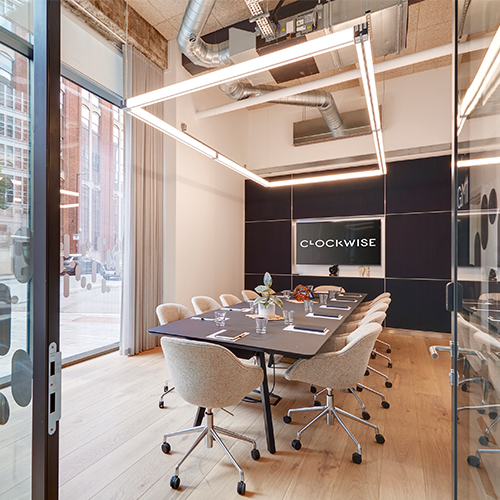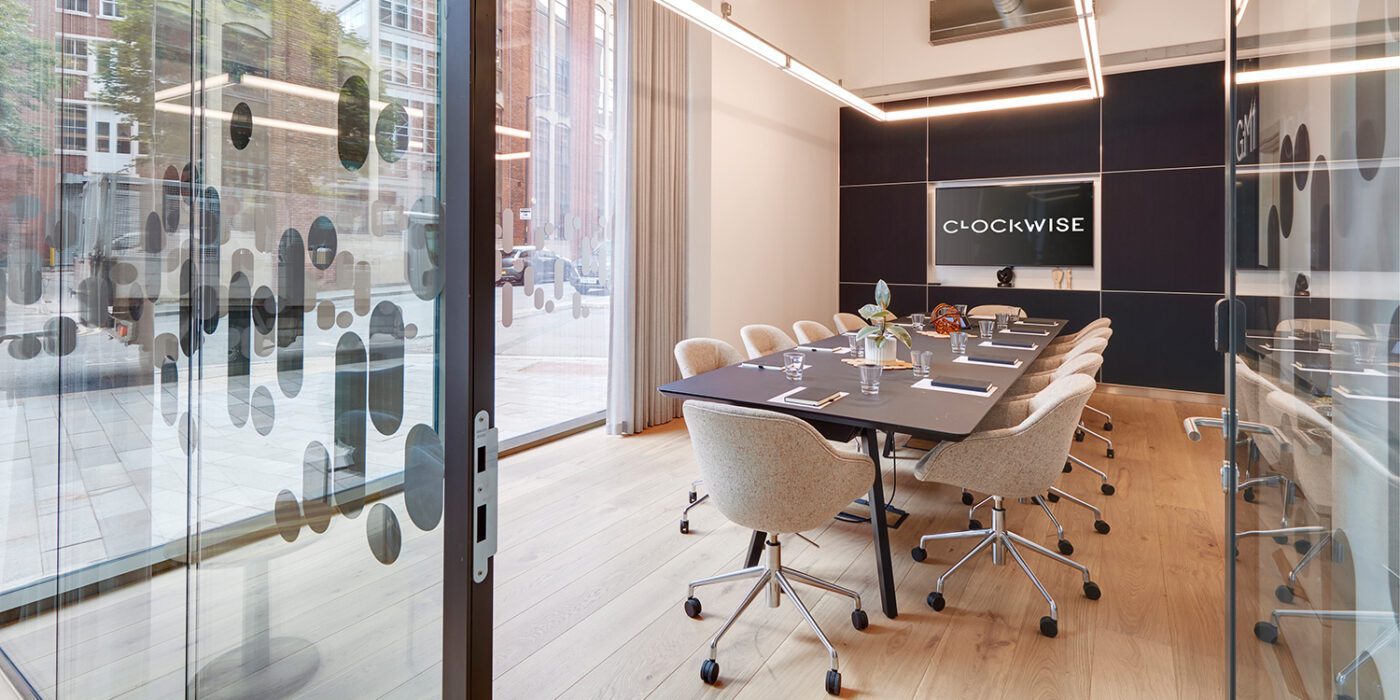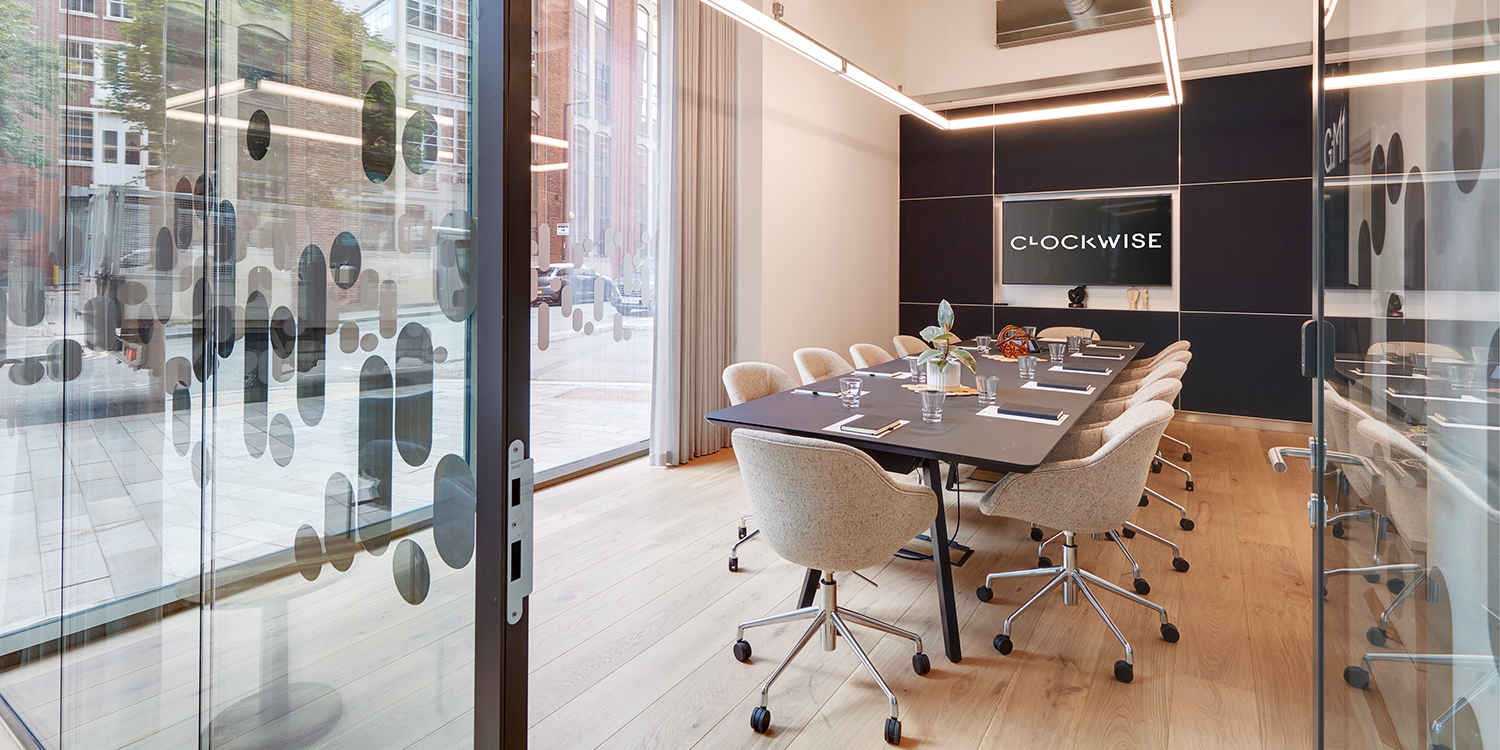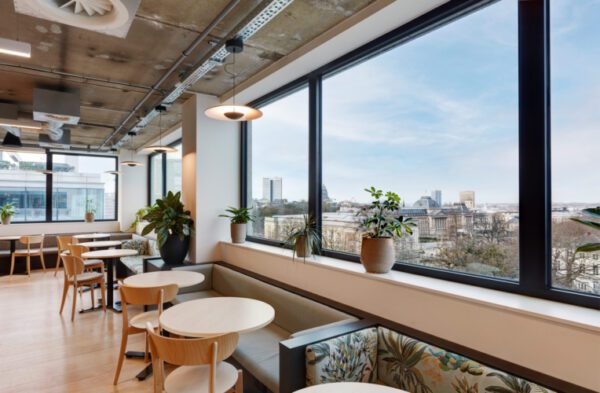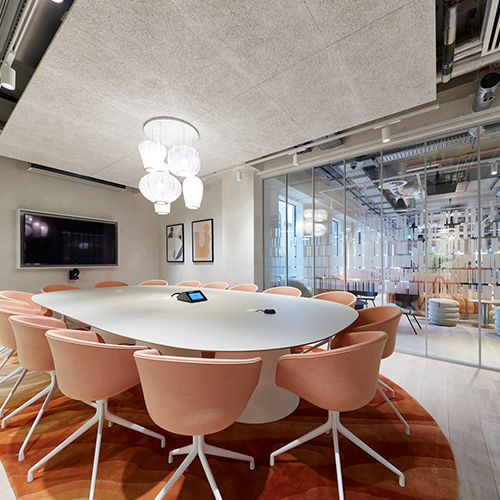A meeting room is more than just a meeting room; sometimes it’s a stage, sometimes a think tank, and sometimes a battleground. Your wants and needs in a meeting room can change based on who’s invited and even the time of day. What might seem inconsequential can be vital in achieving your aims and projecting your image correctly.
So, how do you choose the right meeting room? That’s where we come in.
At Clockwise, we’ve been the facilitator for hundreds of thousands of meetings across the country. And with all that information, we’ve learnt a thing or two about getting the most from a space.
Coworking spaces provide a variety of room types in a variety of locations; each one offers different opportunities for success.
Read on and find out if you could optimise your meetings from your choice of room alone.
Defining your objective
This is the first step in your decision-making process. Once you have a clear idea of what success looks like to you, you can easily map the route to get there. A few examples of meeting objectives could be:
- Keeping the board engaged in a quarterly report
- Creatively collaborating with a client
- Conducting a professional interview
- Confidently presenting to a wider team
Considering your participants
Knowing your audience goes a long way in finding the right room. If you are hosting an important client from out of town, opt for a meeting room in a shared office near the main commuting station. Or, if you’re trying to impress, go for a meeting room in a prestigious location.
For collaborative meetings, you want a room with enough space to lay out paper. These types of meetings also benefit from light, airy rooms.
Interviews might be better suited to a more intimate room size. Large, sparse rooms can be intimidating and create an awkward environment for a first conversation.
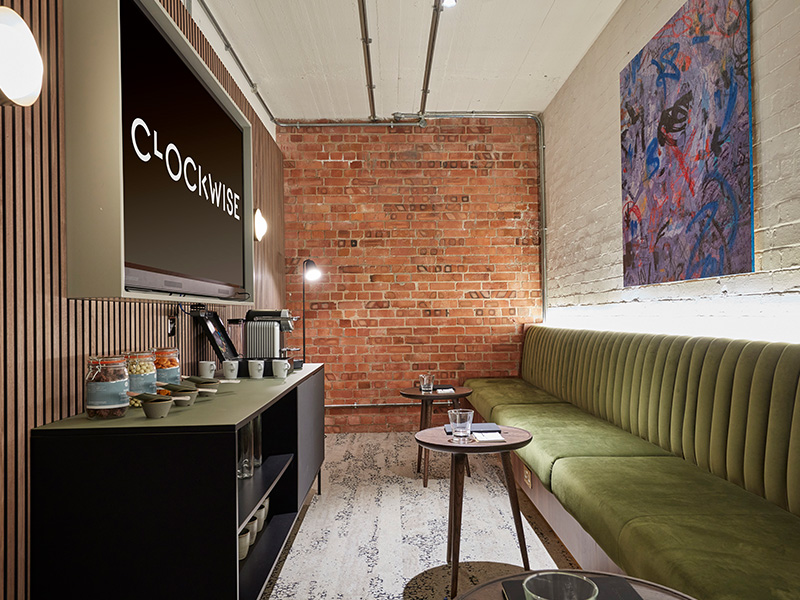
Clockwise Bromely
Nailing the practicalities
Location, seating, tech and amenities. The foundations of a meeting’s success depend on these. From the number of participants to how long the meeting is and whether there will be dial-ins, you’ll want to plan out the practicalities ahead of time so you can spend less time getting ready and more time jumping into the meeting itself.
Amenities are also a great thing to plan in. Meetings are thirsty work. But going the extra mile beyond bottled water can show your participants that you value their time and make them feel appreciated.
A quick tip from us; don’t just consider the room itself. The layout of your seating can be hugely influential too. For example;
A U shape configuration of desks and chairs clearly shows one person is heading the meeting. By contrast, the Boardroom configuration allows for main speakers. However, it still encourages participation as everyone else is on a level playing field (it also strongly encourages eye contact and has higher levels of engagement).
Arranging special provisions
It may seem obvious, but ensuring the meeting is accessible both physically and digitally is imperative. In a time where accessibility is vital, being caught short on access for people living with disabilities or not having the right tech to enable full team attendance is a huge faux pas.
Need a helping hand?
If this all feels a little time-consuming or overwhelming, or you’d rather outsource. Our front-of-house staff are professionals at this kind of thing. Work with them in collaboration to create the perfect environment for your next meeting. Why not book your next meeting with us today and see what utilising the power of the right meeting room can do.
